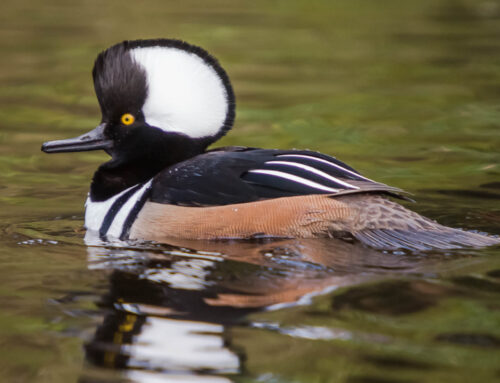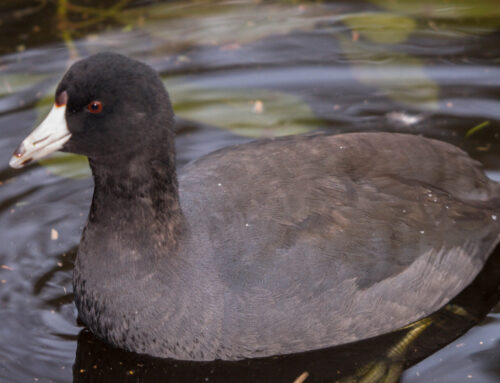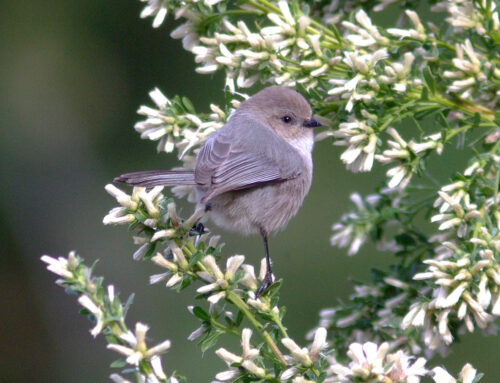Common Name
Tree Swallow
Species Name
Tachycineta bicolor

©2008 Don Enright
Appearance
12-15 cm length | 30-35 cm wingspan | 16-25 g weight
Tree Swallows have long, slightly forked tails, a small black bill, a bright white belly, and pointed wings. Males and adult females have a distinct iridescent blue-green head and back, while younger females have more brownish upperparts.
Juveniles don’t yet have iridescent colouring and are mostly brown with a bright white belly.
Habitat / Behaviour
Insectivore | Fields, marshes, lakes | Lives up to 11 years
Lives in a variety of habitats including open fields, lakes, marshes, swamps, and ponds.
Tree Swallows are aerial insectivores, meaning they feed on insects while flying. They swoop gracefully and technically to catch insects in mid-air and can often be seen performing these swoops near the surface of various waterbodies. While their diet consists primarily of flying insects, Tree Swallows may also consume certain berries, vegetation, and other invertebrates.
Breeding
Polygamous | Cavity nest | 4-7 pale pink to white eggs | 1-2 sets of young per year
Although Tree Swallows typically form a monogamous pair per nest, males and females often mate with multiple partners during the breeding season.
Tree swallows are dependent on cavities found in dead wood, abandoned woodpecker cavities, and nest boxes for nesting habitat. It is mostly the responsibility of the female to make the cup-shaped nest, which is made of grass and sometimes other materials like moss, hair and aquatic vegetation, while males defend the nest site.






